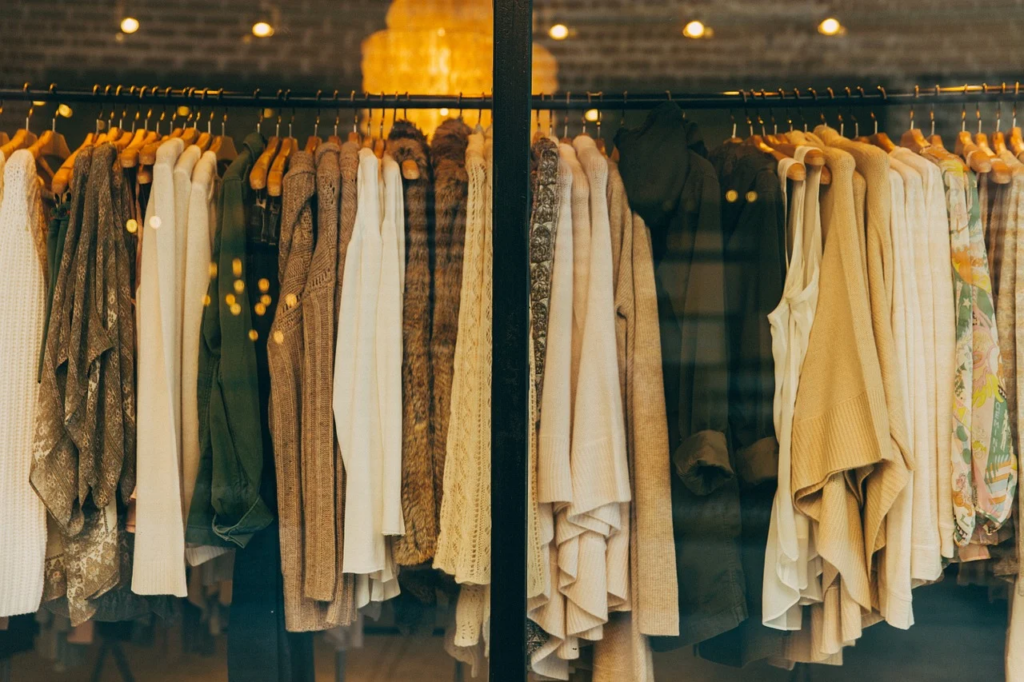4 Simple Ways Fast Fashion Companies Harm The Environment
If you are a conscious fashion-lover, you might be feeling somewhat conflicted over some of your purchasing. Especially if you buy from large-chain retailers selling cheap, (often poor quality), high-fashion items. We call these stores Fast Fashion Companies and you are right in your concerns over them being problematic.
This is not to incite guilt, but rather to inform you as a consumer, as your purchasing helps to fuel these industries. The problem is that Fast Fashion Companies have a very poor environmental footprint and cause a lot more damage than good.

4 Simple Ways Fast Fashion Companies Harm The Environment
The good news is there are ways to become a more environmentally-conscious and aware shopper. It starts with putting an end to quick and convenient buys from the big chain fashion stores and becoming a bit more selective with your purchasing decisions.
At first, the switch might require a bit more thought and effort, but before you know it, this way of shopping will become a convenient and easy way to acquire your wardrobe items. Online stores make it easy, as you can continue to buy high-fashion at an affordable price, with the convenience of not having to leave your home.
What’s more, you will feel better about your carbon footprint as a consumer by buying second-hand. Keep reading if you would like to learn more about the effect of fast fashion companies on the environment, and what you can do about it.
What Is Fast Fashion?
Fast fashion is the mass production of high fashion items from the catwalk which are reproduced and sold at a low cost. I am sure some big names come to mind. It is a way of producing high volumes of clothing to the general public at an affordable price, through the use of low-quality materials. It makes impulsive shopping easy for the consumer as items are affordable, on-trend, and easy to move on from once out of fashion.
The whole model breeds consumerism, wastefulness, and excessive purchasing. Making the big companies richer. The environmental impact of these corporates vary, but for simplicity’s sake, we will look at landfills and production.
What Happens To All The Clothing?
At the high speed and vast quantity of textile production, there comes a lot of waste. This includes excess stock owned by the fashion retailers, as well as old garments that are worn and chucked by consumers. But where does all this waste go?
Sadly, the planet is running out of space and so what happens is these excess textiles end up in a landfill or incinerated. The environmental impact of these outcomes is hazardous as the by-products of incineration contain harmful heavy metals and chemicals. Not to mention the energy required to power these plants. The landfills take up a significant amount of space and thus involve the devastating loss of natural resources such as cutting of trees and occupying areas that could be used for housing.
The Manufacturing Process
The process of mass-producing textiles is no prettier, and the negative consequences also drastic. Firstly, companies make use of cheap labor to produce garments. Workers are exploited and underpaid, with limited rights and remuneration for their tireless work. The working conditions are also dangerous as the process involves harmful chemicals and fumes.
The factories required to produce the textiles emit enormous quantities of air pollution. The amount of water needed to produce clothing in the required quantities is alarming, to say the least. It takes roughly 10,000 litres of water to cultivate 1 kilogram of cotton. As you can see, the environmental consequences are frightening.
How Can I Help As A Consumer?
As discussed above, there are ways as a consumer you can help to reduce the harmful impact of these giant corporations. Firstly, it means no longer purchasing from fast fashion retailers. As mentioned at trvst.world/foa/sustainable-living/sustainable-fashion/best-online-thrift-stores/, it means opting for thrift purchasing, which is a more affordable alternative and means clothing items get more than one life. It also means becoming a more selective shopper.
Shop only from stores where you know for certain that the items are locally and ethically made.

All of the above paints a nasty but very real picture of what is happening to the planet as a result of the fast-fashion textile industry. This industry alone is one of the main culprits contributing to global warming. Now that you are more aware of the environmental impacts, you will hopefully feel more informed and equipped to make more responsible and sustainable purchasing decisions. This does not have to be at the cost of your wardrobe.







